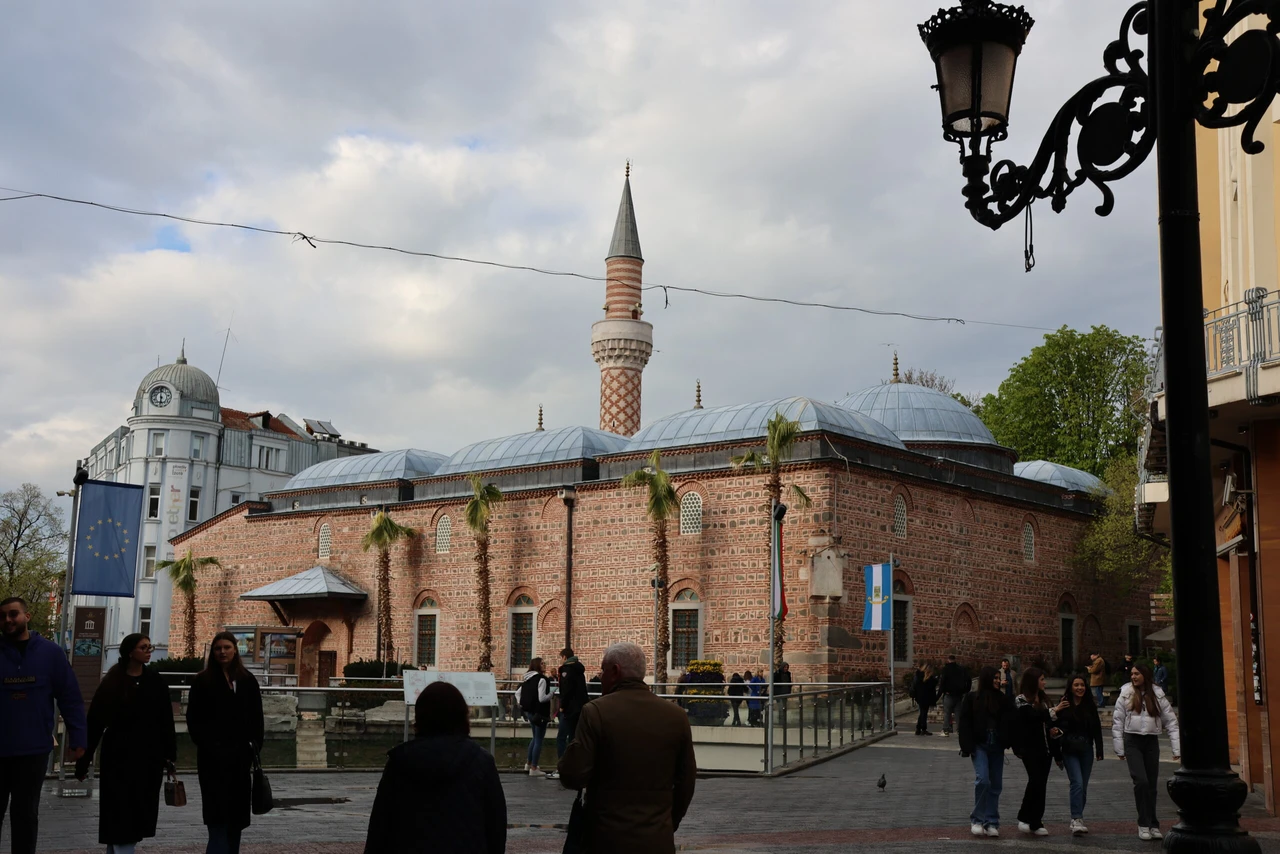Valencia’s 1994 sword discovery verified as Islamic-era artifact
Archaeologists in Valencia have identified a sword discovered in 1994 as a rare Islamic-era artifact from the 10th century
The historic sword known affectionately as ‘Excalibur’ was discovered in Valencia in 1994.
Its roots are in Spain’s Islamic period, adding a significant piece to the region’s complex history.
In 1994, archaeologists uncovered the sword, buried upright and measuring approximately 18 inches long, on the historic Chabas Street near Valencia’s ancient Roman forum.
Recent studies conducted by the Valencia City Council’s Archaeology Service (SIAM) have traced its origins back to the 10th century, a time when Valencia was known as Balansiya under Islamic rule.
“The sword’s unique design and the craftsmanship involved are crucial for understanding the Islamic influences in this region,” explains José Miguel Osuna, the lead researcher on the project.
The iron sword features an ornately decorated bronze-plated hilt and a slightly curved blade, suggesting it evolved from earlier Visigothic designs.
Jose Luis Moreno, the Councilor, is excited about the discovery. “This sword represents a tremendous archaeological find, enhancing our collection and deepening our understanding of Valencia’s historical breadth,” he says.
This discovery coincides with the 75th anniversary of Valencia’s municipal Archaeology Service, which plans to showcase the sword in an exhibition at the Town Hall’s exhibition hall after the summer.
Osuna and his team confirmed the artifact’s age and origins by analyzing the sediment layers where it was found. “Our analysis spans from Roman to late medieval artifacts, and it’s thrilling to unearth such an important piece of our past,” Osuna notes.
This sword is the only known Islamic-era weapon found in Valencia, making it an exceptional find. Moreno looks forward to the upcoming exhibition: “We have unearthed a new treasure with this Islamic Excalibur, enriching our historical legacy of ancient Balansiya.”
The discovery also emphasizes the complex history of cultural interactions during the 900s, when the Iberian Peninsula was a significant center of intellectual and cultural exchange in Europe.
Source: Newsroom



